What Is The Best Marketing Strategies Used By Companies All Time?
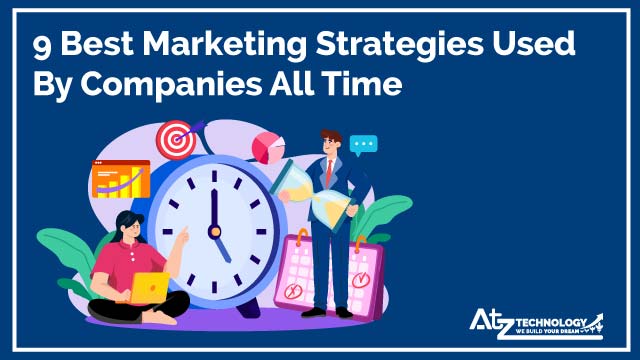
Big companies use various strategies and capture the marketing field. However, most of the time we are unable to catch their basic marketing strategies.
So, People want to know how big companies do their marketing and what are the best marketing strategies used by companies all time. And what are the basic marketing strategies to become successful like the big companies?
Marketing shapes the brand value and image of an organisation, its products, and services by giving people confidence about those products and services.
Marketing aims to know and understand the customer so well that the product and service fit him and sells itself.
The result of marketing should be a customer who is ready to buy.
The New York Times described marketing in 2017 as ‘the art of telling stories so enthralling that people lose track of their wallets.’ Without marketing, the brands will remain hidden or unheard of.
Table of Content
- 9 Best Marketing Strategies Used By Companies All Time
- 5 Reasons Why We Study Marketing
- Steps to Marketing Your Business
- Major or Importance of Marketing Segmentation
- Marketing and Empathy
- Marketing and Branding
- Marketing Mix
- Purpose of Marketing
9 Best Marketing Strategies Used By Companies All Time
Analyzing the needs of the business, the target audience of the business, and the uniqueness or benefits of the product or service has to be considered before picking up a marketing strategy.
Mainly there are some types of marketing strategies such as business-to-business marketing (B2B) and business-to-consumer marketing (B2C), consumer-to-business (C2B), customer to customer(C2C). However, In all marketing, there are some basic marketing strategies. So, without further ado let’s start:
1. Online Marketing
Online marketing is one of the cheapest but one of the most effective forms of marketing. It is also known as internet marketing or content marketing.
It avails marketers to do global marketing, low cost, and 24/7 marketing.
Online marketing is conducted through content, email, search, paid media, e-commerce sites, and social media. Online marketing is also conducted with digital marketing.
2. Transactional Marketing
It focuses on the number of sales. In transactional marketing, marketers are not concerned about long-term relationships with the customers and the satisfaction of the customers.
It maintains limited customer commitment and focuses on a single ‘point of the sale transaction.
3. Relationship Marketing
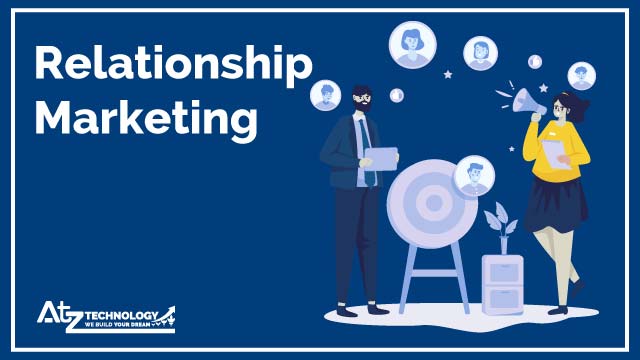
This type of marketing focuses on customer retention and satisfaction rather than a sales transaction.
It is designed to foster customer loyalty, interaction, long term relationships and develop strong bonding with customers.
Customer satisfaction and feedback are major concerns here.
4. Cause Marketing
If a for-profit organization puts effort into a non-profit cause in order to make a mutual benefit, it is called cause marketing.
Through cause marketing, an organization tries to raise awareness of nonprofit organizations while also promoting its products and services.
It creates a link between the service/product of a company and a social cause or issue. It is impactful to build a company’s reputation and strengthen its brand value by fulfilling corporate social responsibility.
5. Paid Promotion

Promoting a brand or a product or service by paying various types of advertising agencies or social media platforms.
It also includes traditional approaches like television commercials, print media advertising, billboards, and leaflets.
Online marketing, pay-per-click and other paid content marketing strategies are included in paid promotional tactics.
6. WOM Marketing
The full form of WOM is word of mouth. It happens when a consumer’s interest or satisfaction in a company’s product or service is reflected in their daily dialogues.
Take an Example: Nike has a common slogan that is ” let’s do it”.
This is one of the common phrases commons regularly tell and the time people say this is a Nike phrase.
In addition, the shoe of Nike makes them different that why people love to buy sports shoes from Nike.
7. Stealth Marketing
Stealth marketing is also known as buzz marketing which is a marketing strategy that advertises a product but they do not realize that they are being marketed to.
Among the many techniques of stealth marketing, the most common two are product placement and undercover marketing.
The main purpose of stealth marketing is to create interest that will make consumers more receptive to direct advertising later.
8. Diversity Marketing
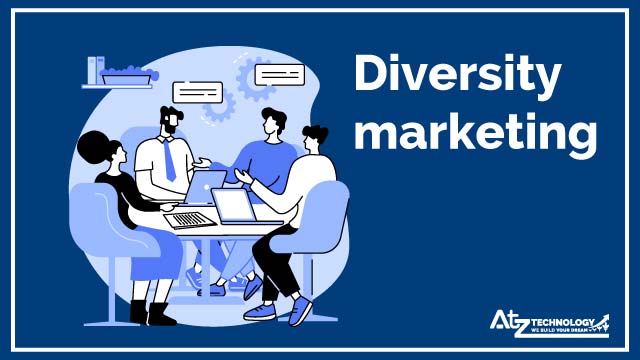
This marketing strategy ensures that the company is communicating in the best way for each customer regardless of their background.
9. Search Engine Optimization
SEO is the process of optimizing the content on websites so that it appears in search engine results.
By using this method, content gets much more reach and more viewers. Thus it helps to attract potential customers.
Marketing strategies should be innovative and can grab the attention of people as much as possible. In this fast-growing world, customers look for new and fresh ideas every day.
Businesses have to put more effort to convince customers about the quality of the products or services they provide
5 Reasons Why We Study Marketing

Marketing is one of the most important tasks a business does not only to create brand awareness but also to engage customers, grow sales, and increase business.
Marketing is needed for customer education. Customers need to know the ins and outs of the product or service.
1. Proof of Existence
Marketing is used to inform people about the existence of a brand, product, or service. Customers will be interested to buy a product if they only have a clear understanding of that particular product.
Also, they need to know whether that product can fulfil their needs. Marketing is the medium through which a business communicates its value propositions in an interesting way.
2. Sustainability of Company’s Presence
Marketing is something a business has to do to create trustworthiness among customers. It helps to create a place in customers’ minds and a strong base in the marketplace.
To establish the presence of a business in this era of the competitive market, companies have to put much effort into marketing and innovation.
3. Engagement with The Customers
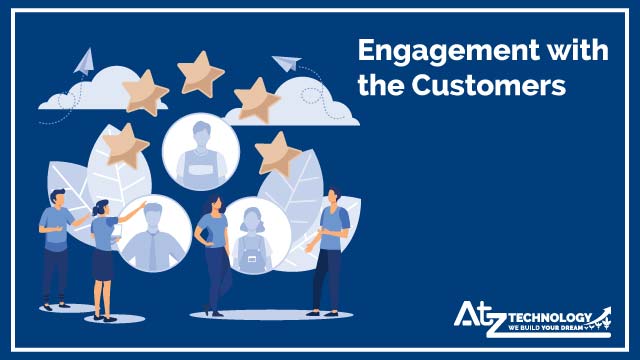
Marketing answers the question of how to make a customer interested in a product or service that they really do not need.
Marketing is the magic of creating a sense of need in a customer. It’s the magic of grabbing the attention of potential customers by engaging them with attractive campaigns, offers, and content.
If there is a lack of engagement, the business will suffer. Marketing finds the remedy to lack of engagement and attention.
4. Increase Sales
The target of every business is to make a profit by fulfilling the needs of people.
Marketing helps a business communicate with its customers and show them how they can solve their problems with the help of that particular product or service.
Thus marketing helps to sell its product or service. Marketing is the key to driving sales.
If a business has the ability to provide products and services of good quality but doesn’t apply the strategies of marketing, potential customers remain unaware of the product/service or they just do not notice it.
5. Growth Of Busines
Marketing ensures the growth of a business. Marketing helps establish customer loyalty as well as it helps to attain new customers.
Marketing keeps existing customers engaged as well as tries to create relationships with new customers.
Thus marketing secures the business’s positive brand image which leads to the growth of the business.
Customers value experiences and their bonding with the brand. Relationships between a business and a customer are created by marketing.
Marketing keeps the customers updated with each and every detail of the business.
Steps to Marketing Your Business
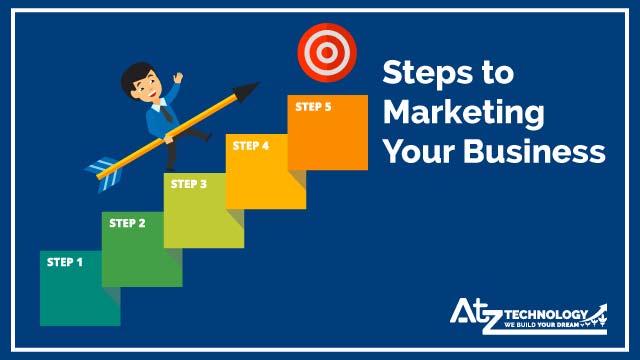
Marketing is not an easy task. It needs planning and strategies. A business has to move forward step by step. Some steps to marketing business are discussed below:
#Step1 Conducting Market Research
Through research, businesses collect information that provides insights into customer thinking, buying pattern, preference, consumer behavior, demand, and need.
It also helps to determine the initial sales forecast, and monitor market trends, and competitors’ actions.
#Step2 Profiling Target Customers
Target customers and the target market should have a need for the product and be willing to pay the price for the product.
Segmentation of customers is done depending on their geographic, demographic, behavioural, and lifestyle methods.
#Step3 Determining USP
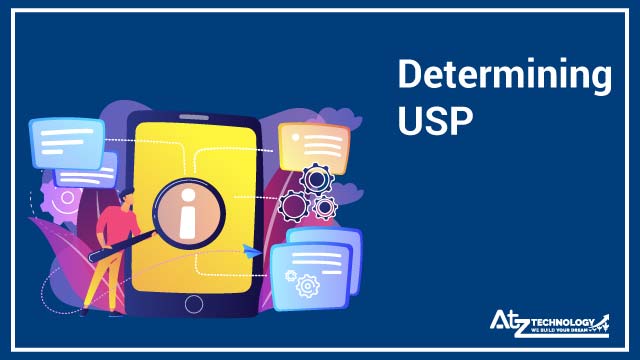
USP refers to a unique selling proposition which is the uniqueness or special benefits for which the customers will choose over other similar products in the existing market.
Create Brand Value: Brand value refers to a trust factor that needs to be created to make bonding with customers.
#Step4 Setting Mission, Vision and Budget
These would help the business to fix its actions and clear the goals that need to be achieved. The goals should be SMART: specific, measurable, attainable, relevant, and time-based.
Customers’ Attention and Satisfaction: Attracting new customers and nurturing loyal customers can be done by giving various incentives from time to time.
#Step5 Monitoring and Reviewing
This helps to determine whether the business is achieving the desired outcomes.
By proper monitoring, a business can understand the actions needed to take to grow the business.
Without planning steps in an effective way, all the effort put into a business tends to go in vain.
Major or Importance of Marketing Segmentation
Market segmentation is a process in which marketers divide a market of potential customers into groups or segments based on different characteristics.
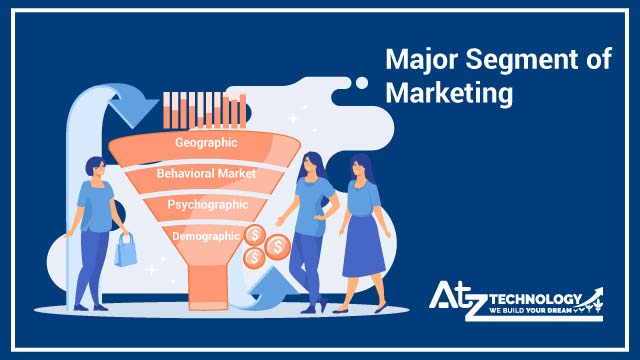
The segments divided are composed of consumers who will react in the same way to marketing strategies and who share traits such as similar interests, needs, and locations.
Market segmentation makes opportunities for marketers to customize their marketing campaigns for each market segment and decreases the risk of ineffective market campaigns.
1. Demographic Segmentation
It includes statistical data about a group of people such as age, gender, socio-economic class, education, income, ethnicity, annual income, and so on.
2. Psychographic Segmentation
Psychographic Segmentation determines the categories of audiences and customers by factors that relate to their personalities and characteristics.
Such as personality traits, values, attitudes, interests, lifestyles, psychological influences, subconscious and conscious beliefs, motivations, priorities, and so on.
3. Behavioural Market Segmentation

It requires details about the customers’ actions, the way they react or respond, and the way they interact with the brand.
Behavioural characteristics can be determined by analyzing purchasing habits, spending habits, user status, and brand interactions.
4. Geographic Segmentation
It segments the customers based on geographic borders. Geographic Market Segmentation can be determined by zip code, city, country, a radius around a certain location, climate, urban or rural.
Market segmentation makes opportunities for marketers to customize their marketing campaigns for each market segment and decreases the risk of ineffective market campaigns.
Marketing and Empathy
Marketing and Empathy are interconnected. Good marketers have to be empathetic towards the customer.
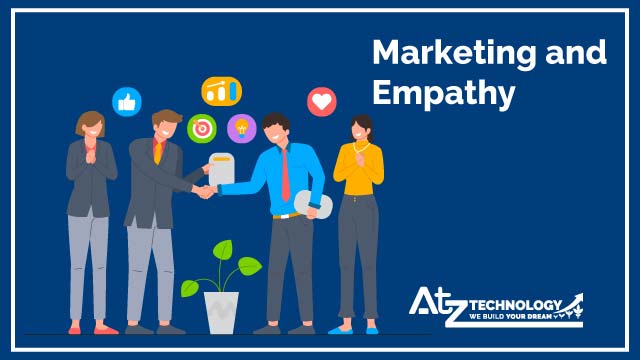
They need to understand the feelings of the customers, solve their problems keep themselves in the customer’s shoes, feel their concerns and needs, and so on.
Marketing and Branding
Marketing boosts brand image increases brand value and creates a sense of trustworthiness among the customers.
Through marketing, customers are influenced to generate positive or negative thoughts about a particular brand.
For instance: Coca-Cola relates happiness with the drink very closely through its advertising and other marketing strategies.
Now the brand image has been created in customers’ minds that in their happy moments, they need to have coca-cola.
Marketing Mix
The marketing mix outlines the specifics of the product and the way of is selling.

By determining the environment surrounding the product, the results of market research, and the characteristics of the product’s target customers, marketers must decide the methods they want to use to promote the product.
After developing the marketing strategies, this 7 P formula should be used to continually evaluate the business activities.
Product
The growth phase, the maturity phase, and the sales decline phase are the three phases of a product’s lifecycle.
A business should always be careful about these three phases of a product and following these phases, they have to innovate and reinvent the products to stimulate more demand.
Price
It is a very impactful component of a marketing plan because it determines a firm’s profit and survival by greatly affecting the sales and demand for the product.
Pricing helps to shape the perception of a product or service in consumers’ eyes.
A good of low price is usually perceived as an inferior good in the consumer’s eyes as they compare it to other competitors’ goods existing in a market.
Again, too highly-priced goods will make the costs outweigh the benefits in customers’ eyes. So it is important to examine competitors’ pricing and price accordingly.
Place
A business has to position and distribute the product in a place that is available to potential customers. Before doing a placement, it is very important to select the target market.
Promotion
A good promotional strategy can boost brand value and sales.
The promotional strategy includes advertising, arranging seminars, campaigns, new offerings, and other tactics which attract customers toward the product or service.
People
Developing the habit of thinking in terms of the people inside and outside of a business who are responsible for every element of sales, marketing strategies, and activities is really needed to market a product in an effective way.
Process
The process of an organization can affect the performance of the service it provides, involving the delivery of the product to consumers.
As a business, it’s very important to make sure that the organization is easy to do business with, efficient, helpful, and timely so that the standard of service to customers remains consistent, which is excellent for developing a brand reputation and customer loyalty.
Physical Evidence
It refers to everything the customers see or hear while interacting with a business.
This includes branding, advertising, product packaging, the logo or a physical space such as a shop, and even the way staff and sales representatives act and dress.
The way that a business portrays its brand physically, has a great impact on consumers and can either lead to an increase or decrease in sales.
To keep the business on track and to ensure the achievement of maximum results possible in the present marketplace, a business should revisit these 7 Ps.
The marketing mix includes the product, price, place, promotion, physical evidence, process, and people.
Purpose of Marketing
It is important that a business provides the customers with the information they need before buying a product. This is the main purpose of marketing. There are many more such as:
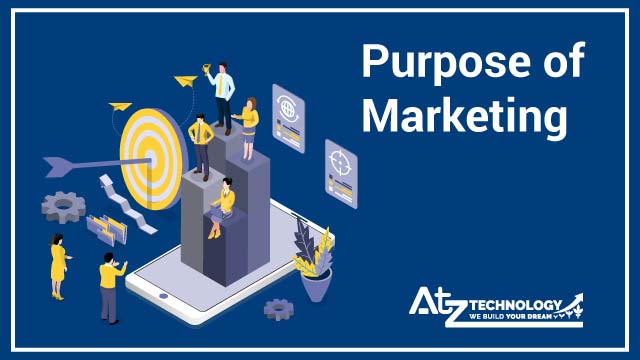
1. Marketing is very important to attract the attention of customers
2. Marketing boosts the brand value and maintains the company’s reputation in the marketplace
3. Marketing builds relationships and loyalty between a business and its customers
4. Marketing is a communication process by which the customers come to know about the existence of a product or service.
5. Marketing presents the product or service in innovative ways which boost sales.
6. Marketing strategies help to generate more customers and revenue opportunities.
7. Through marketing, a sense of need is created among customers for a product or service.
We have talked about the most common best marketing strategies used by companies. Marketing is the magic of representing a brand or market goods in an innovative way in front of the world. The way of marketing is changing to cope with the explosion of information, expansion of technology, the aggressiveness of competition, and the fast-moving world. Every marketing strategy works as a business strategy and helps the business to expand. There is no way to deny the importance of marketing to establish a strong base in the competitive marketplace.
